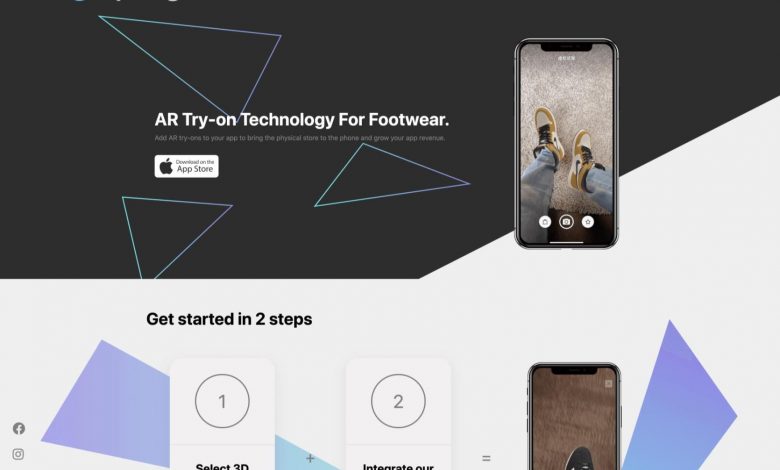The Impact of Augmented Reality in Web Design

The Impact of Augmented Reality in Web Design
What is Augmented Reality?
Augmented Reality (AR) is the integration of digital information with the user’s real-world environment. It enhances real-world surroundings by overlaying virtual elements, such as images, sounds, or 3D models, onto them. AR can be experienced through various devices, including smartphones, tablets, smart glasses, or headsets.
The Growing Role of AR in Web Design
AR has gained tremendous popularity in recent years and has started transforming the way we design and interact with websites. Here are some key ways in which augmented reality impacts web design:
Enhanced User Experience
AR adds an extra layer of interactivity and immersion to websites, taking user experience to a whole new level. By enabling users to visualize products in 3D or overlay digital elements onto real-world spaces, AR creates an engaging and memorable experience that hooks visitors and encourages them to spend more time exploring a website.
Improved Product Visualization
AR enables businesses to showcase their products in a more realistic and interactive way. With AR-driven web design, users can try on virtual clothing, see how furniture looks in their living room, or test drive a car without leaving their homes. This allows potential customers to make more informed decisions, enhancing the chances of conversions.
Innovative Marketing Opportunities
AR offers unique marketing opportunities for businesses. Brands can create immersive AR experiences that tie into their products or services, allowing users to engage with their brand in a more memorable way. By integrating AR into web design, businesses can foster deeper connections with their target audience, driving brand loyalty and increasing customer engagement.
Frequently Asked Questions (FAQs)
Q: Is augmented reality only suitable for specific industries?
A: No, AR can benefit a wide range of industries. While it has gained significant traction in areas such as e-commerce and retail, it is also being used in fields like education, real estate, tourism, and entertainment.
Q: Do users need special devices to experience AR on websites?
A: No, users can experience AR through various devices, including smartphones and tablets. Most modern smartphones are equipped with AR capabilities, allowing users to enjoy augmented experiences without the need for additional hardware.
Q: Is AR difficult to implement into web design?
A: Implementing AR into web design requires technical expertise in AR development and a solid understanding of web design principles. However, with the advancements in AR frameworks and tools, integrating AR into web design has become more accessible for designers and developers.
Q: What are the SEO implications of using AR in web design?
A: AR can positively impact SEO by increasing user engagement and dwell time on a website. Additionally, as AR experiences become more shareable and generate buzz, they can lead to more backlinks and social media mentions, which contribute to improving a website’s search engine rankings.
Conclusion
Augmented reality is revolutionizing web design by offering new avenues for user engagement, product visualization, and innovative marketing. By embracing AR, businesses can create unforgettable experiences that enhance the overall user journey and boost customer satisfaction. As AR continues to advance, its impact on web design will only become more significant. So, keep an eye on this evolving technology and explore how it can elevate your web design strategy.



